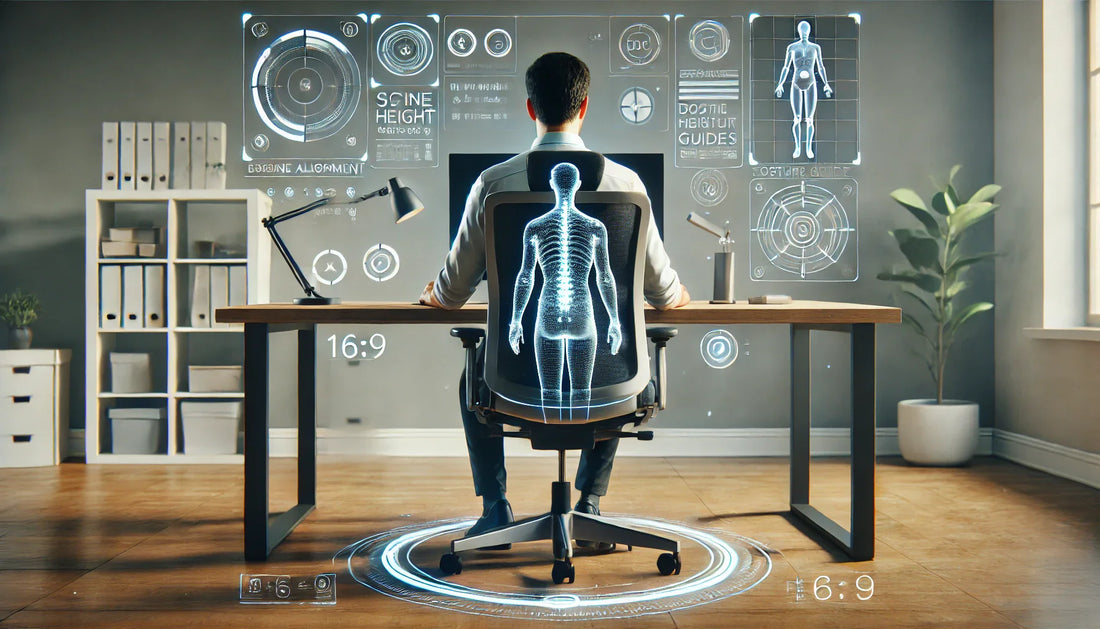
Ergonomic Myths: What Really Matters for Comfort
Share
We’ve all heard the buzzwords—ergonomic chair, posture-perfect setup, spine-friendly desk—but how much of that is actually true? The internet is full of “ergonomic rules,” yet comfort isn’t one-size-fits-all. The real secret lies in understanding how your body naturally moves and how your workspace supports it.
One of the biggest myths is that expensive gear automatically equals comfort. The truth? Even the best chair won’t help if it’s adjusted incorrectly. A perfectly ergonomic setup is personal—it depends on your height, arm length, monitor distance, and how long you sit at a stretch.
Start with alignment, not accessories. Your monitor should sit at eye level so you’re not craning your neck. Your elbows should rest at a 90-degree angle when typing, and your feet should touch the floor or a footrest. TyporaOffice’s ergonomic accessories—like adjustable stands, supportive cushions, and desk risers—make these tweaks simple without turning your workspace into a tech lab.
Another myth: you must sit still to maintain posture. Actually, micro-movements are your body’s natural defense against fatigue. Stand up, stretch, or change your sitting angle every 30 minutes. Comfort thrives in motion, not rigidity.
In the end, ergonomics isn’t about chasing the perfect chair or desk—it’s about building a workspace that moves with you. When your environment adapts to your body, not the other way around, comfort stops being a luxury and becomes your default state.
